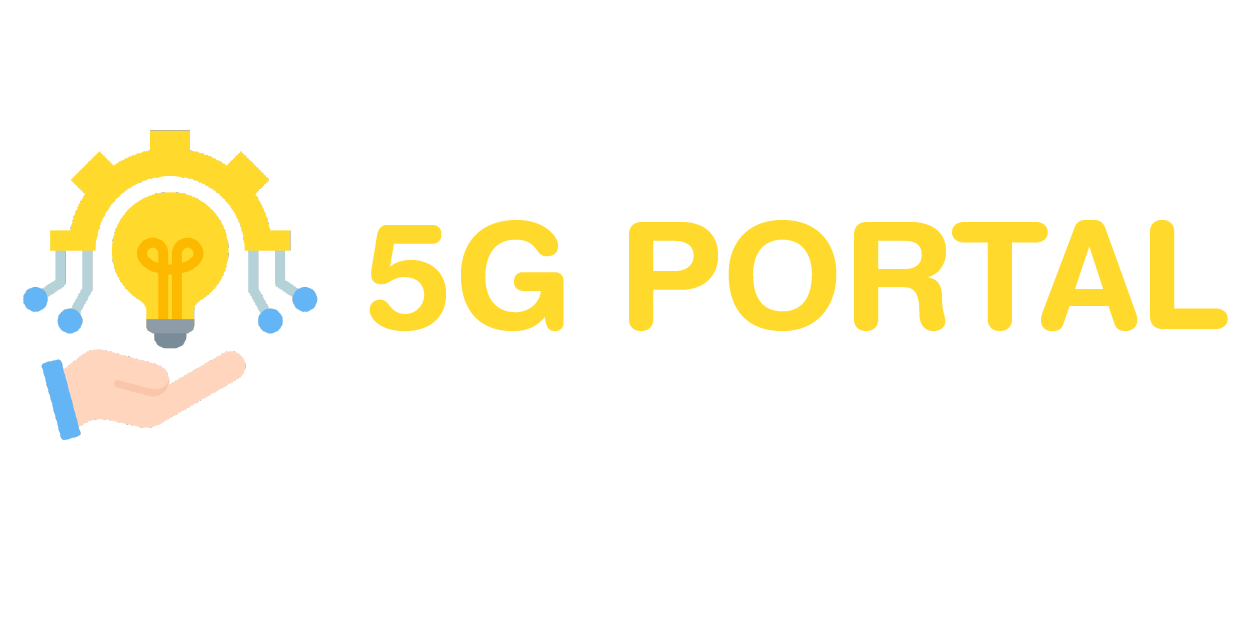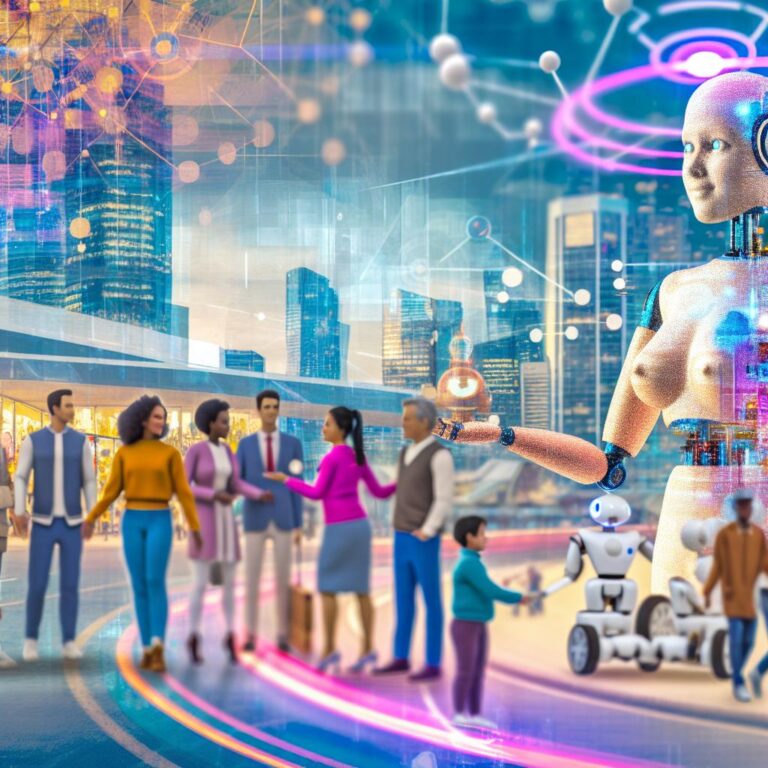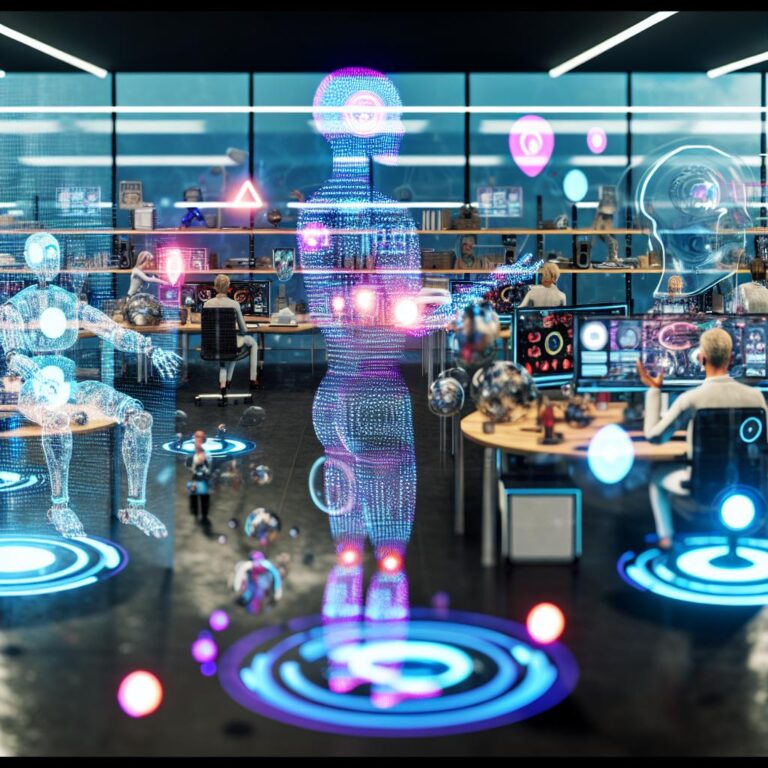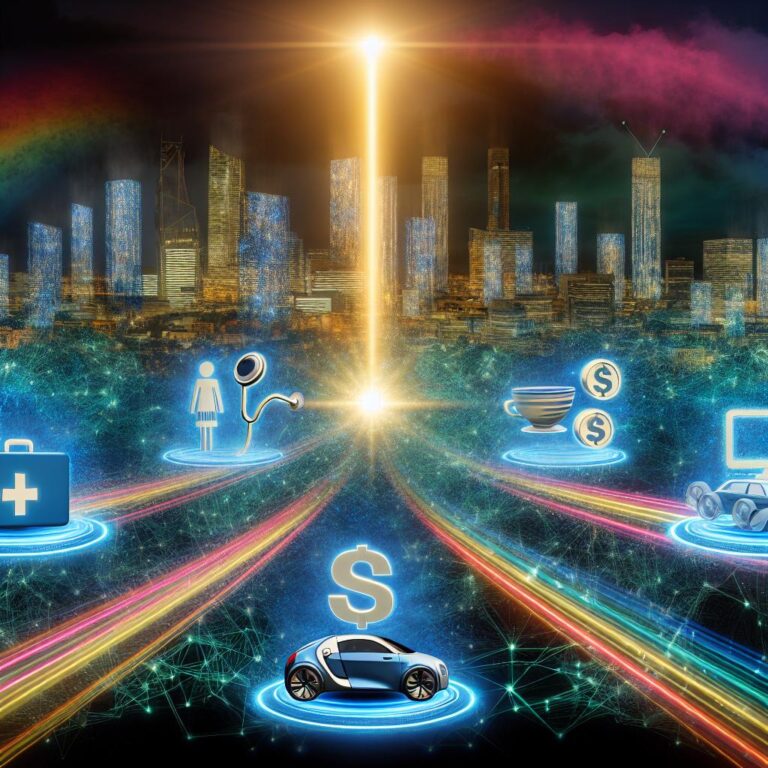Are AI Art Prompts and Templates Key to Creativity?
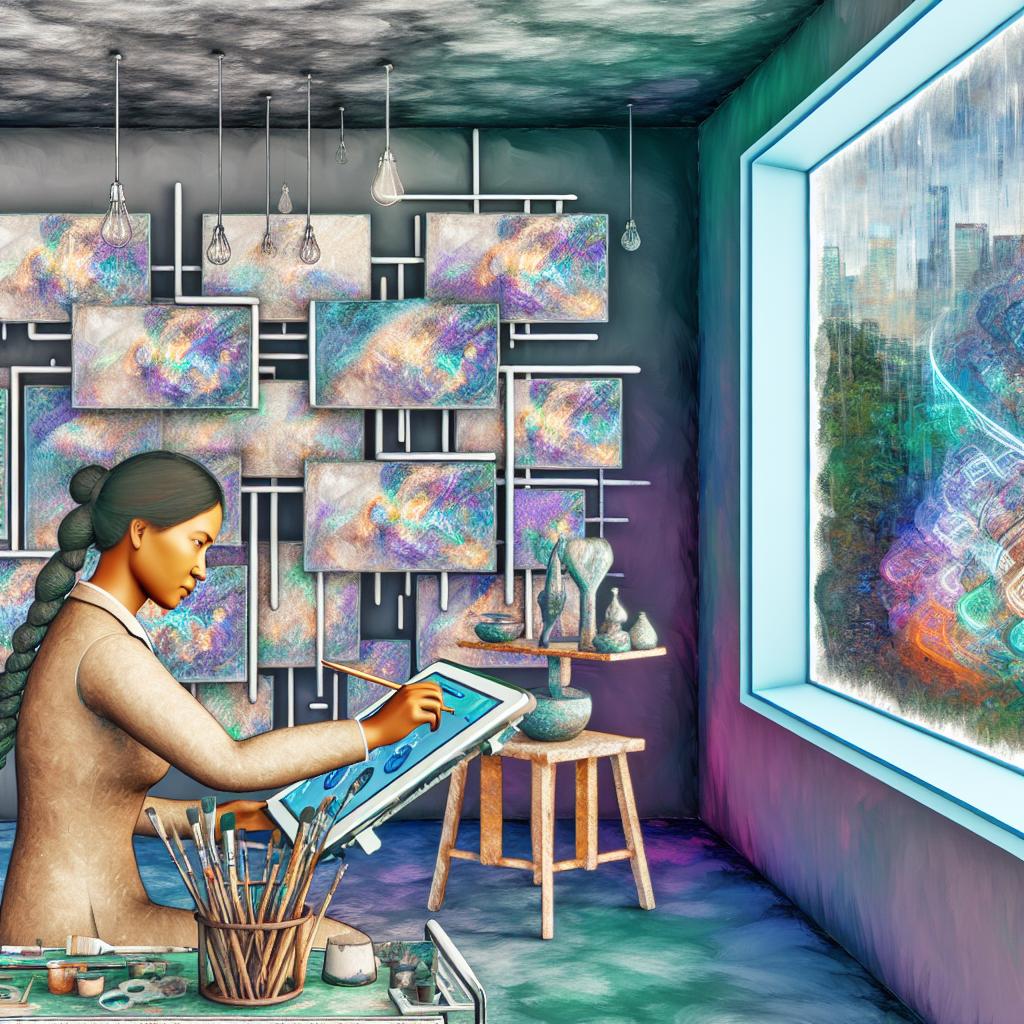
- AI art prompts guide AI in creating art by blending colors, shapes, and emotions.
- They inspire creativity by transforming vivid descriptions into artworks.
- Tools like AI Text Prompt Generator, Quicktools, and JuniaAI help create prompts.
- Best practices for prompts: be clear, detailed, and specify mood, color, and lighting.
- Common mistakes include vague and generic descriptions.
- Enhancing prompts for styles involves customizing with textures and details.
- Platforms like LimeWire Studio, Artbreeder, and DeepArt offer versatile templates.
- Free and paid template options are available; premium expands features.
- AI in art merges machine learning with traditional techniques, enabling new trends.
- Conceptual prompts and generative design strategies inspire unique visuals.
- Successful projects include visualizing music and reconstructing historical photos.
Are AI art prompts and templates key to creativity? Dive into the world of AI-driven art with me as we discover how these tools boost your creative spark. Together, we'll explore how they serve as catalysts, transforming ideas into vibrant artworks. Learn the best practices in crafting prompts, discover versatile templates, and see AI's impact on modern art. Whether you're a budding artist or tech enthusiast, unleash your creativity with AI today!
How can AI Art Prompts Enhance Your Creativity?
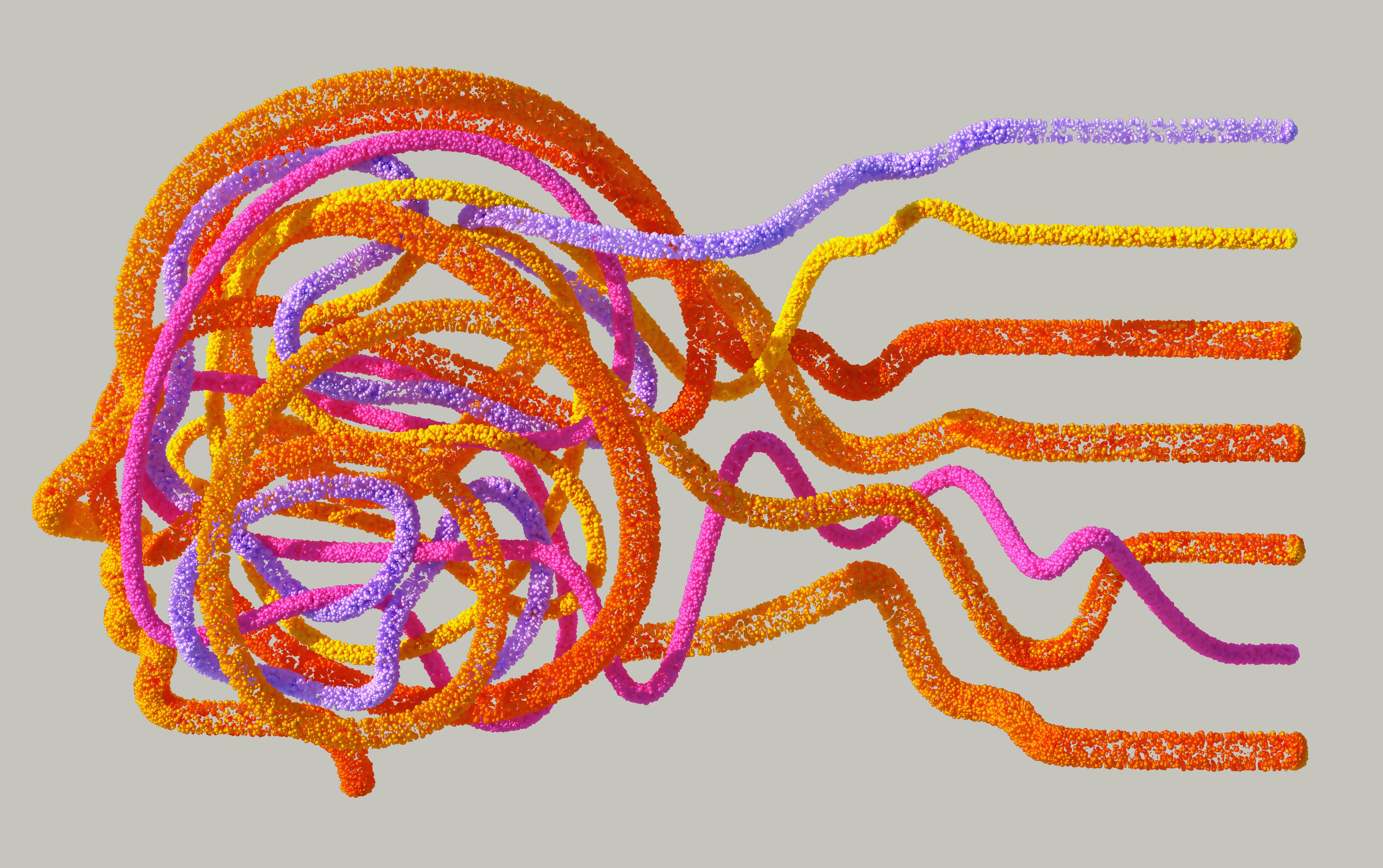
What are AI Art Prompts?
AI art prompts are like mini-readers for machines. They guide AI to create art that matches our vision. Think of them as a beacon that signals AI on how to blend colors, shapes, and emotions into a digital canvas. Imagine telling a robot painter to mix purple skies with green mountains—AI then crafts that unique view!
How do prompts unlock creative inspiration?
Prompts are keys to creativity. Start with vivid words, and see AI spin magic. Describe moods or colors; AI then transforms these into brilliant artworks. Techniques to stimulate creativity include clashing colors or mixing real with the imaginary. Your ideas turn into new worlds, capturing what was unimaginable.
What tools assist in generating art prompts?
There are tools designed to help make these art prompts. AI Text Prompt Generator is one such tool, offering both free and paid versions. Quicktools is another free option, and JuniaAI provides ways to explore prompts with more depth. These tools simplify the task of creating art by giving you starting points crafted by AI knowledge.
What are the Best Practices for Designing AI Art Prompts?
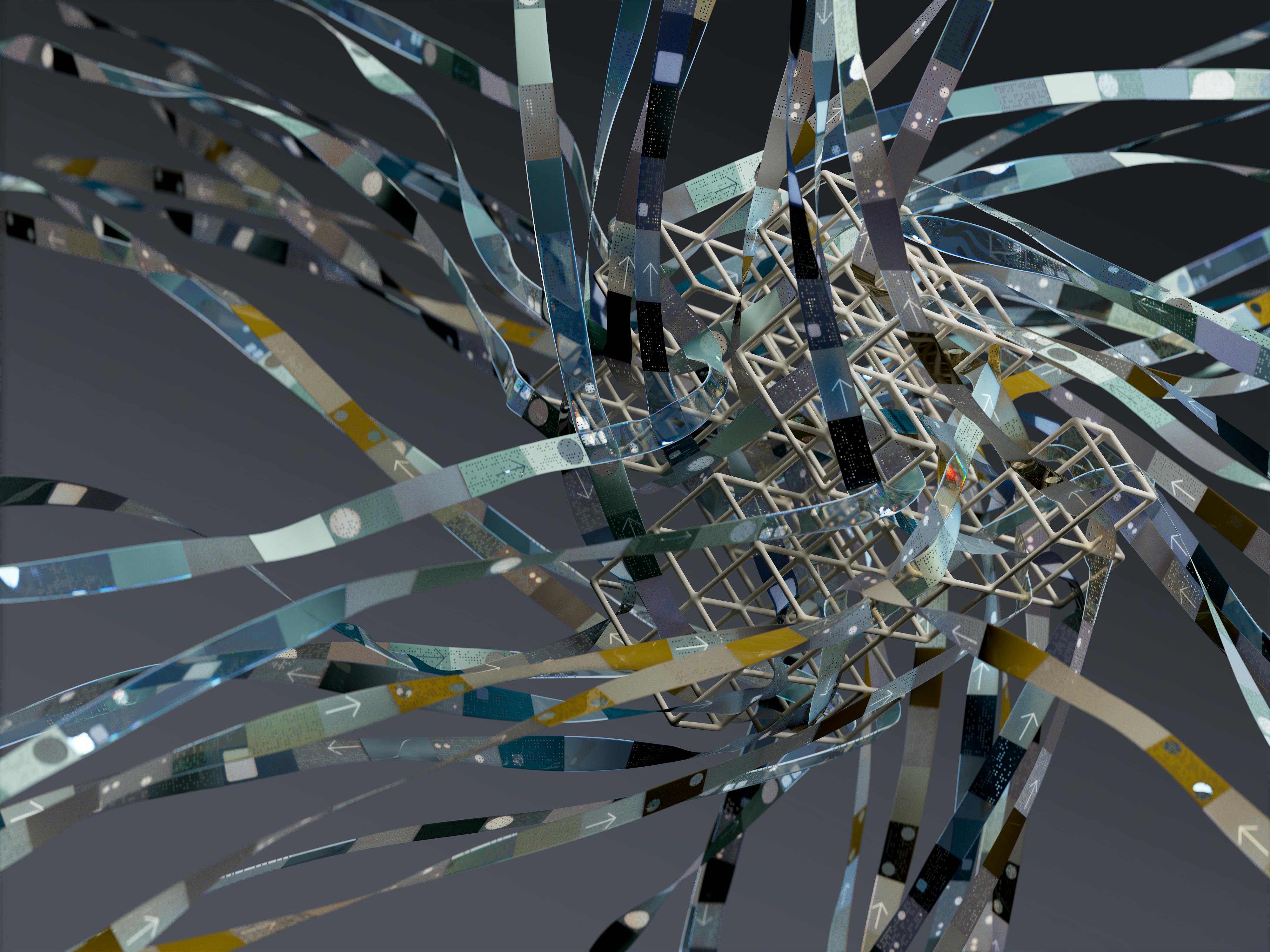
Designing AI art prompts requires more than just words. To create captivating images, prompts should be clear and detailed. Here is a breakdown of best practices for crafting these prompts effectively.
How to craft precise AI art prompts?
Precision in AI art prompts comes from including specific elements. Consider mood, color, and lighting in your descriptions. This helps guide the AI in creating an image that matches your vision. For mood, choose words like "peaceful" or "mysterious." For color, specify shades such as "emerald green" or "crimson red." Lighting can define time and setting, like "dawn light" or "city neon glow."
What are common mistakes to avoid?
The most common mistakes are poor descriptions and lack of detail. Vague prompts confuse AI, leading to results that miss the mark. Avoid generic terms and empty descriptions. Instead, use clear and detailed language. For example, saying "a sunny day" is less specific than "a bright, cloudless sky over a golden field."
How can you enhance prompts for specific art styles?
Enhancing prompts for specific art styles involves customization. To craft prompts for painting-like images, include textures like "brushstrokes" or "soft edges." Generative art techniques vary, so adapt prompts to highlight these. For photorealistic art, detail subjects with precision, such as "a wrinkled face with soft eyes." Each style has unique needs; learning them sharpens your creative strategy.
For more tips on how to write an effective AI prompt, explore various techniques and stay inspired.
Which AI Art Generators Provide the Most Versatile Templates?
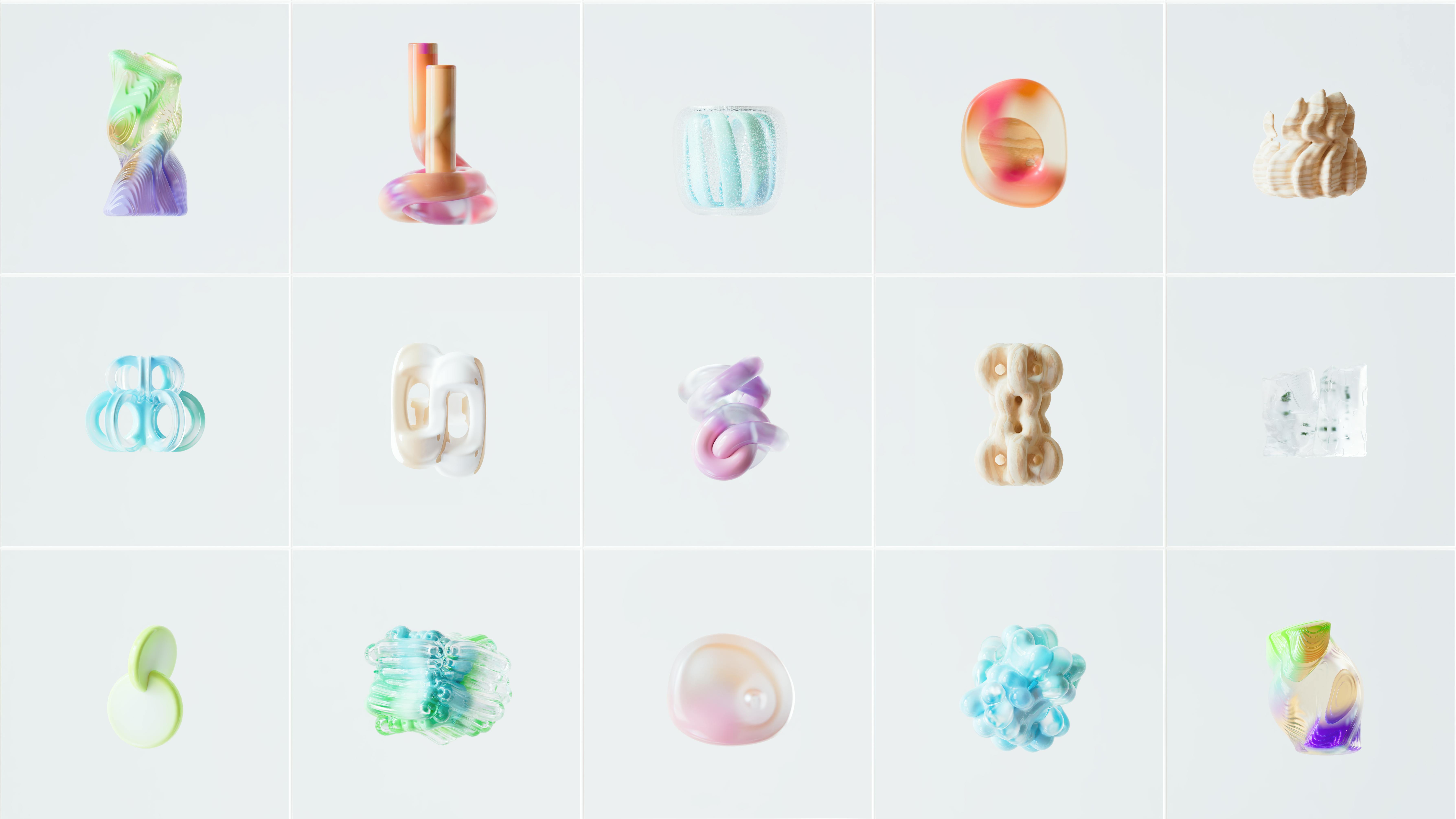
When diving into the world of AI art, choosing the right platform is crucial. Each AI art generator has unique tools and capabilities. Some offer broad options for digital art templates, boosting creativity right from the start.
What platforms offer the best templates?
Platforms like LimeWire Studio, Artbreeder, and DeepArt provide robust templates. LimeWire Studio offers a user-friendly way to explore both abstract and realistic artwork. Artbreeder stands out with its blend feature, which lets you mix different styles. DeepArt excels in transforming photos into artworks with a painterly touch. Each platform has strengths, so the best choice depends on the desired style and complexity.
How can templates be customized for unique designs?
Customizing templates can transform art from common to extraordinary. Start by tweaking basic elements like color and shape. Adjust the mood by altering lighting or adding new textures. For example, changing a serene blue sky to a sunset can shift the entire feel of a piece. Personal touches make each work unique, so do not hesitate to experiment. Explore these features within platforms to fully unleash your artistic vision.
Are there free options for template creation?
Yes, many platforms provide free versions. For instance, Quicktools and JuniaAI offer free trials with limited features. These options allow artists to test possibilities without financial commitment. However, premium versions expand access to more advanced templates and tools. Weigh if paid options unlock creativity, but remember that free resources are a helpful start in the digital arts journey.
How Has the Use of AI Changed Modern Art Creation?
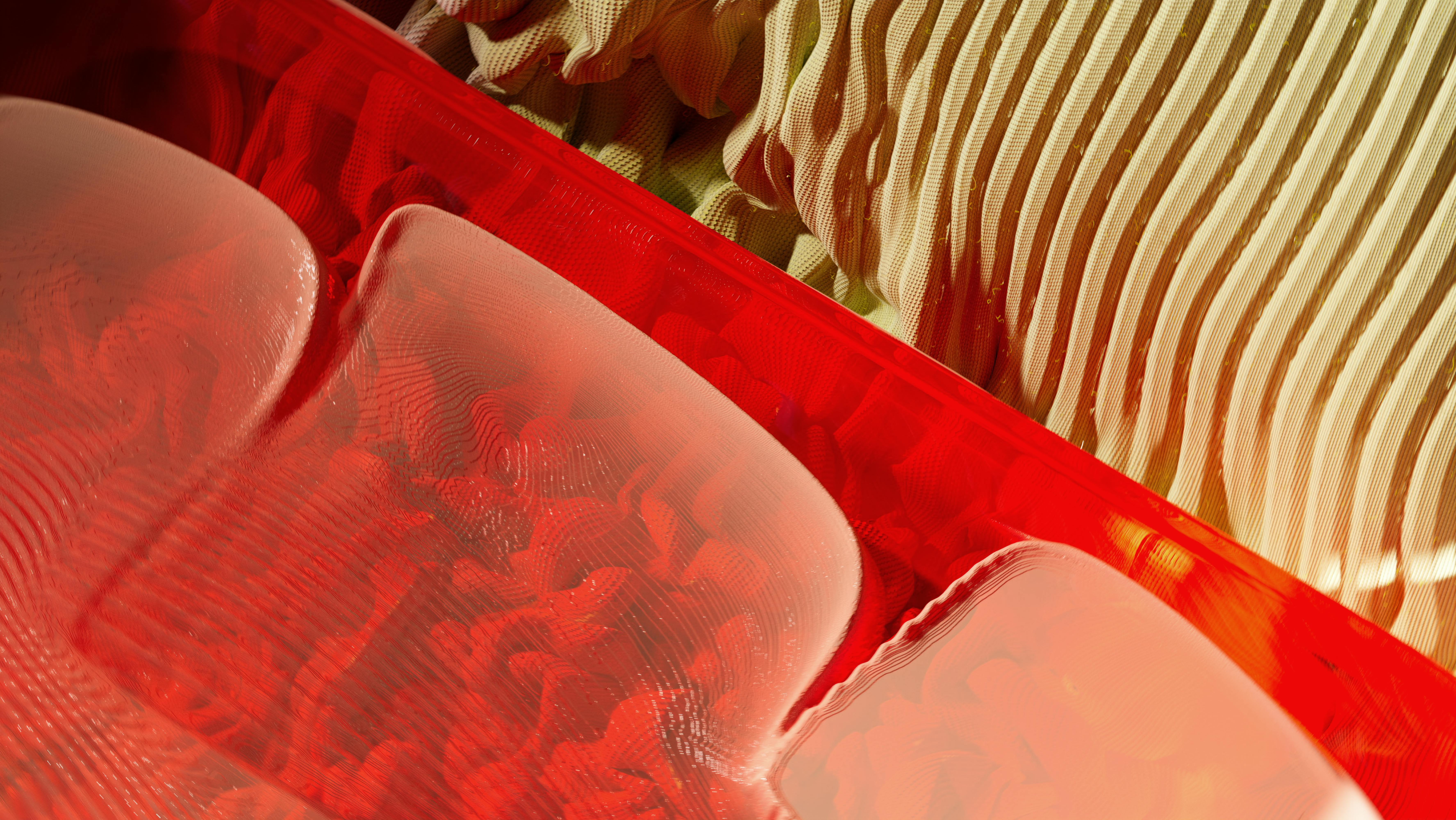
AI has transformed art, bringing innovation and new techniques. Machine learning helps artists create unique pieces by analyzing patterns, colors, and styles. It can mimic historical art techniques, providing a fresh twist on classic methods.
How does machine learning influence art?
Machine learning changes how we create art by learning from vast data sets. It enhances creativity by integrating AI with established art methods, allowing artists to explore new techniques. For example, AI systems can generate new artworks based on the styles of famous artists. This integration often combines AI with mediums like painting or digital art, resulting in unique expressions.
What are the latest AI art trends?
AI art is evolving with styles like surreal and abstract designs. These trends are often immersive, incorporating elements of fantasy and dreamlike visuals. Artists use AI to mix colors and shapes in ways that challenge traditional art norms. Technologies also enable the creation of photorealistic and hyper-detailed artworks, pushing the boundaries of visual storytelling.
How has AI transformed traditional art techniques?
AI merges with traditional art, enhancing and expanding creativity. It allows artists to incorporate digital tools with classic techniques such as oil painting or sculpture. This combination leads to innovative works, blending the old with the new, and offering a modern spin on traditional forms.
Overall, AI in art encourages creativity by offering new tools and styles. It helps artists push boundaries and discover new artistic horizons.
What Innovative AI Art Prompt Strategies Can Artists Adopt?
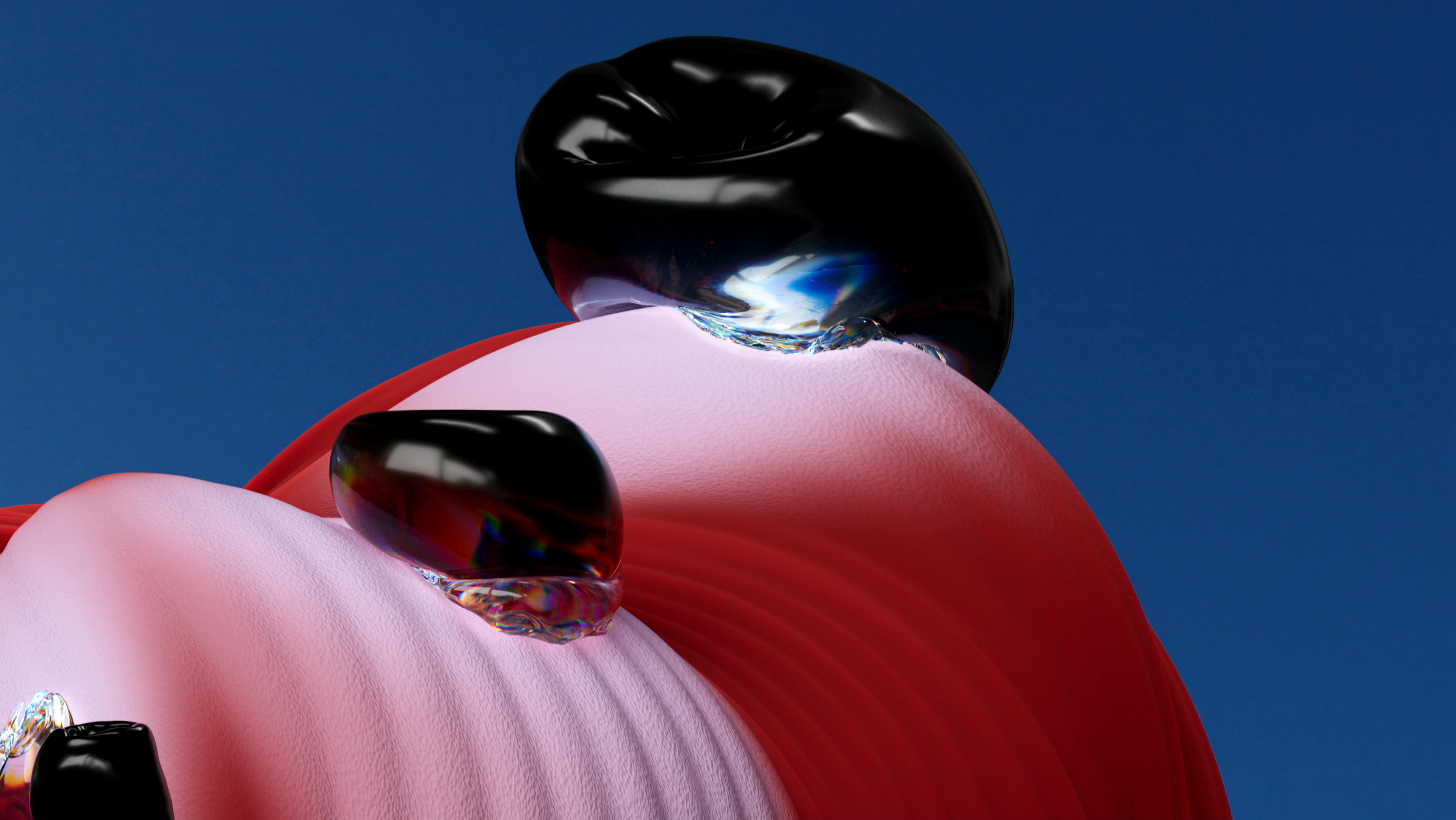
What conceptual art prompts lead to striking visuals?
Creative and thought-provoking prompts form the heart of unique art. Such prompts push boundaries, making the art mesmerizing and engaging. Picture a swirling cityscape suspended in outer space, or imagine a mix of animals like a tiger with wings. These prompts challenge artists to think beyond reality and tap into the boundless potential of AI art.
Conceptual prompts use unusual combinations, vivid scenarios, or surreal twists. For example, prompting an AI to create a futuristic city built on clouds combines architecture and imagination. By blending unexpected elements, prompts inspire grand visuals that captivate and intrigue viewers, leading to truly original artwork.
How to implement generative design strategies?
Generative design strategies make art with a blend of rules and randomness. First, define the core elements you want in your piece, like colors or shapes. Next, choose an AI tool that suits your project. Many artists start with simple ideas and let the AI morph them into intricate designs. Experiment with different settings to see how they affect the result. Such exploration often leads to surprising and delightful outcomes.
A step-by-step approach includes crafting a detailed prompt, allowing the AI to experiment with patterns and forms. Adjusting AI parameters like complexity and iteration brings variety. This process can reveal designs that humans might not think of, making generative strategies a rich area of creativity.
What are examples of successful AI art projects?
Some AI art projects stand out for their creativity and impact. One example is an artwork that used AI to visualize music, creating a live, moving display of sound. Another project involved reconstructing historical photos into 3D, bringing new life and dimension to old images.
These successful projects often combine technical skill with a deep concept, resulting in art that resonates with audiences. Analyzing these projects shows how precise prompts and intentional design steps can make AI art that is both visually stunning and conceptually rich. Such insights help guide new artists as they explore and innovate with AI art.
Conclusion
Exploring AI art prompts can boost creativity and unlock new ideas. We discussed AI art prompts, tools, and design strategies. These prompt creation tips help artists craft unique works, avoiding common mistakes. We also examined versatile AI generators and how AI transforms modern art. Use conceptual art strategies to push your creative limits. AI tools empower artists with endless possibilities. Embrace these technologies to explore and expand your artistic world.
